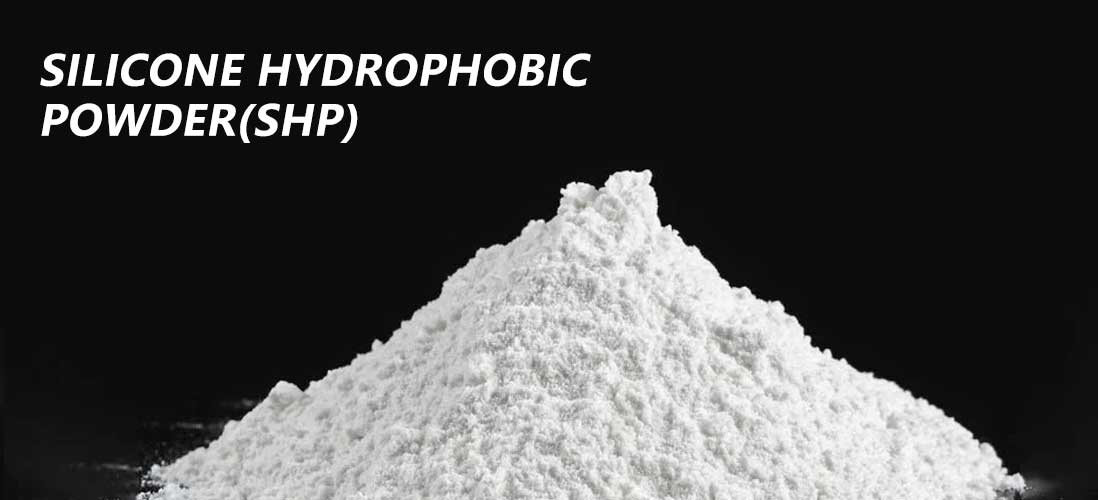
Silicone Hydrophobic Powder (SHP): A Revolutionary Waterproofing Material for Construction
2025-04-21 17:11Imagine returning home after a heavy rain to find your walls stained with watermarks and the air filled with a damp, musty odor. This is a common issue for homeowners and a persistent challenge for builders. Water damage not only affects a building’s appearance but also threatens its structural integrity. Is there a way to make buildings water-resistant while maintaining breathability? The answer is Silicone Hydrophobic Powder (SHP), a groundbreaking material transforming the construction industry.
What is Hydrophobicity and Why It Matters
Hydrophobicity refers to the property of repelling water. In construction, this characteristic is critical because moisture can lead to issues like mold growth, efflorescence, and structural damage. Traditional waterproofing methods often rely on coatings, which can trap moisture inside, causing other problems. In contrast, SHP offers a unique solution: it makes surfaces water-repellent while allowing water vapor to escape, ensuring buildings can “breathe.”
Composition and Working Principle of SHP
SHP is a powdered waterproofing agent made from silane or siloxane compounds. When mixed into construction materials like cement, plaster, or coatings, it disperses evenly, forming a uniform water-repellent barrier. This barrier effectively blocks liquid water penetration while permitting water vapor to pass through, maintaining the material’s breathability. Its simple yet efficient mechanism makes it an “invisible guardian” in construction materials.
Applications of SHP in Construction
SHP is widely used in the construction industry. Here are some key applications:
Plaster and Render
SHP is added to dry mix formulations, making the final product water-repellent. This is particularly valuable for exterior walls exposed to rain and humidity, preventing water infiltration.Paints and Coatings
Incorporating SHP into exterior paints enhances their weather resistance, preventing issues like blistering and peeling, resulting in more durable surfaces.External Insulation and Finish Systems (EIFS)
EIFS are prone to moisture damage due to their structure, but adding SHP protects the insulation layer, preventing rot and performance degradation.
Benefits of Using SHP
SHP delivers multiple advantages, making buildings stronger and more visually appealing:
Reduced Water Absorption
By minimizing water uptake, SHP prevents crack formation, enhancing the structural integrity of buildings.Protection Against Moisture Damage
SHP reduces issues like efflorescence, mold growth, and freeze-thaw damage, offering comprehensive protection.Enhanced Aesthetics
It prevents water stains and discoloration, keeping building surfaces clean and pristine, ensuring long-lasting appeal.
Conclusion
SHP is more than just a product—it’s a revolution in waterproofing technology for construction. As we strive for stronger, more sustainable building structures, SHP stands at the forefront of innovation, offering endless possibilities for the future of construction.

